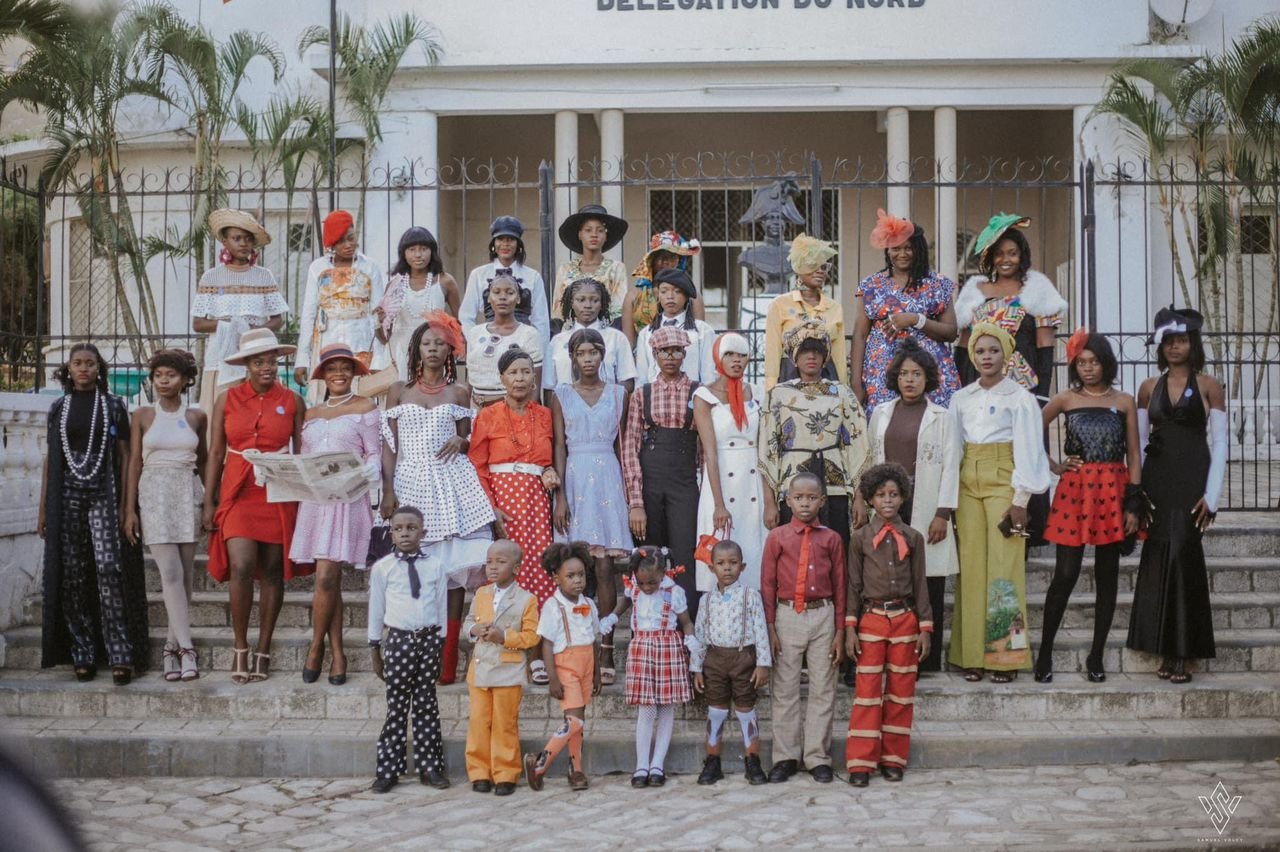
A city full of history
Founded in 1679, Cap-Haïtien is one of the most emblematic cities in Haiti, often nicknamed the "Christopher City" in homage to Henri Christophe, a key figure in Haitian history. Its colonial architecture and cobblestone streets bear witness to a rich historical heritage, making this city a true open-air museum. It is in this context that the city is preparing to relive the atmosphere of the 1950s, a period when each item of clothing bore a symbol of class and distinction.





















































































